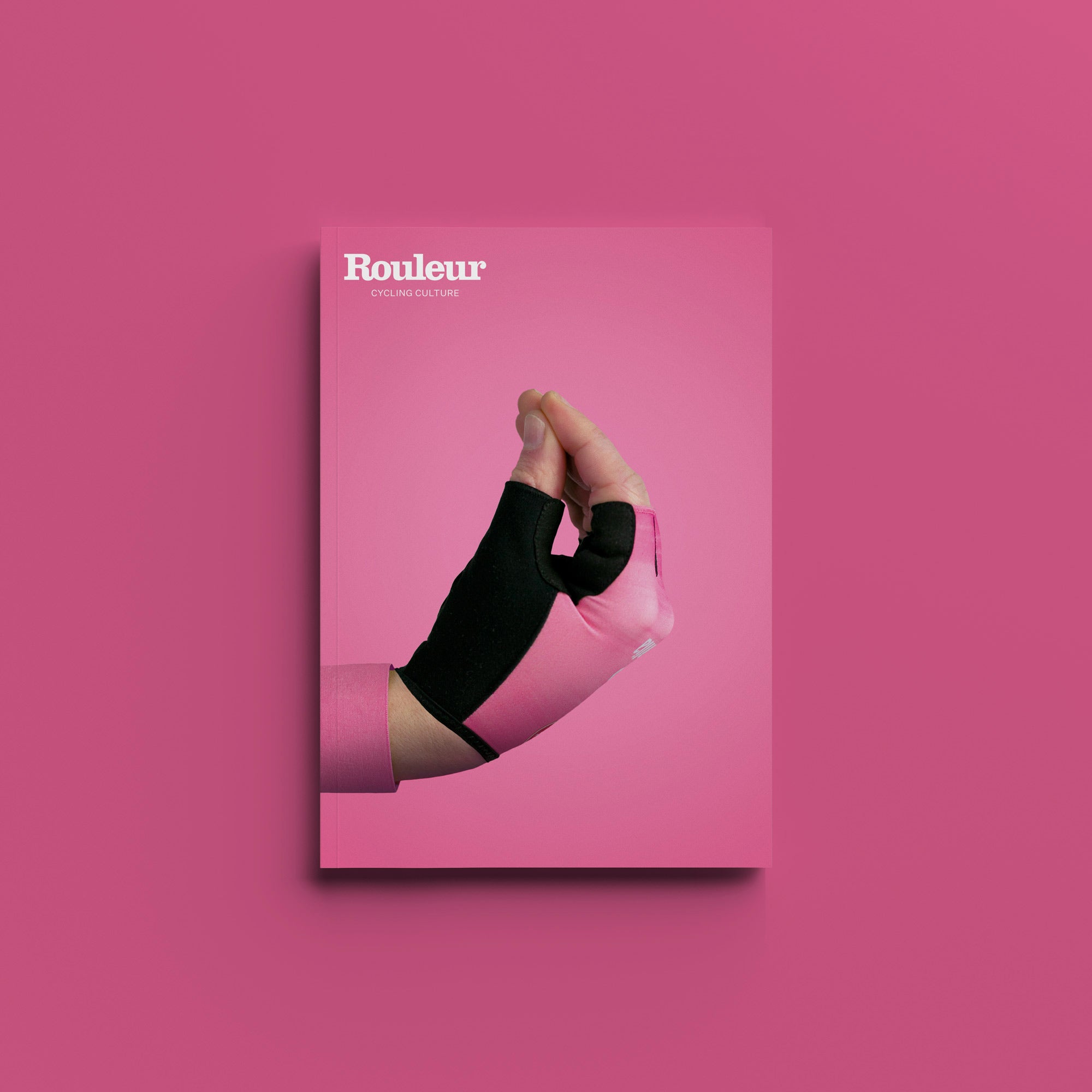If there’s anyone in cycling whose opinion on how to make sprinting safer should be sought after, it’s Fabio Jakobsen. After all, it was in August 2020’s Tour of Poland that the Dutchman was forced into the race barriers on a slightly downhill sprint and somersaulted into the race gantry, forcing doctors to place him into a medically-induced coma. Jakobsen survived, miraculously recovered to win a stage of the Tour de France in 2022, but safety remains the hot topic within the sport. And bunch sprints are a particular focus.
“I think safety has improved and we haven’t seen an accident like mine happen again so that’s a good thing and let’s hope it stays that way, but I think organisations and the UCI should always keep looking at what we can improve to avoid extreme crashes like that, and among sprinters and riders we need to make sure that it’s safe,” Jakobsen says, just before he partakes in February's UAE Tour, colloquially known as the sprinter’s world championships. In his mind, though similar incidents have been avoided, sprinting is more dangerous than ever. “Sprints are getting more crowded, and with more crowds you have a much bigger chance at an accident. There are more teams focused on sprints, and more riders able to do a top-five. It’s just more busy. Especially if you look at a race like UAE, you could say 20, 25 names could do a top-10 result, so that means 15 of those are going to be out. When I first did the Dubai Tour, which was then the UAE Tour, there were three or four teams going for the sprint, and now there’s maybe 10. So it’s doubled or tripled.”

How to ensure safe sprinting in a congested field is not easy, but Jakobsen has a thought – an imperfect one, though it is. “Maybe we want to create some rules about sprinting, about when you are allowed to deviate from the line without endangering others.” He reveals that discussions among current and former pros, as well as the cycling union CPA, have been ongoing. “The question is: are you allowed to choose a side? And if you are, is the rider behind allowed to follow? Because if the one behind is allowed to follow and endangers another, then whose fault is it? Is it the guy starting, or is it the guy chasing? The guy in front is going to say, ‘I moved, but I didn’t endanger anyone’, but the second guy is going to say, ‘but I just followed the slipstream’. There is no perfect solution. If a rule is made, everyone knows what the rule is… but it’s not always easy to apply the rule every time.”
In turning to the women’s peloton, Jakobsen highlights an example from the SD Worx team. “Lotte Kopecky and Lorena Wiebes were also in a meeting with us and they have a tactic where Lotte does a leadout but then stays on the wheel of Lorena to finish second for bonus seconds. So is that then allowed when someone else is riding there, because Lorena is always going to have someone behind her? I think automatically the responsibility is with the number two following, and if they are endangering someone else, they have a chance to be relegated. But I also want to show that it’s important that the number one never goes free, because if they have someone behind and they move left all the way to the right, they’re endangering number two, and if the number two is following all the time, they’re endangering the rest. You want to avoid that situation happening. In Formula One, for instance, it's forbidden to weave before the corner, because then the one behind you needs to choose a side and stick to it.”
If Jakobsen had carte blanche to enact new measures, what would he recommend? “I think I would say that you can launch your sprint from one side, and if you don’t endanger others, then it’s OK. But as soon as you start moving more, I think then you should be out. You cannot go left and then right, it’s not allowed. And because someone chooses a side, it does not give the number one or two behind the privilege to follow. If a rule is made like that, you can also make a tactic and a style of sprinting. You know that probably the first one [in line] gets to choose to choose, but the rest has to make sure it’s safe for everyone behind. If a rule was made, then everyone knows what they’re dealing with.”

It’s pointed out that such a rule would probably have meant Mark Cavendish was relegated for his sprint in last year’s Tour de France when he claimed a record-breaking 35th stage victory, while Jakobsen’s long-time rival Jasper Philipsen has also been known for drifting from his line. “I’ve seen him across the road from left to right following someone else and now it’s allowed, but if a rule is made that that’s not allowed anymore, then there’s going to be a yellow card for him,” Jakobsen says. “But if the choice is that it is allowed, then the first one cannot deviate like that, because the second one is always going to follow.”
Jakobsen, who is desperately hoping to turn his fortunes around at Picnic PostNL, says that “because finals are getting more and more crowded, it's good to have a set of rules.” But restricting gears to reduce speed, as has been proposed by some riders including Wout van Aert, is not what he’d recommend. “If you’re going to make the gear smaller, then a lot of riders will start riding with shorter cranks so they can create more RPMs,” he says. “I would say we just need to have a look at safety. Cycling will always be dangerous and you can crash and hurt yourself, but as we know, if the barriers are in place and there’s just a normal 90 degree corner without obstacles, then I don’t think the speed has to be dropped. We just need to look at the course… it’s usually the obstacles combined with the peloton that creates danger. Often, if it’s just a straight line, then it’s usually all OK.”































